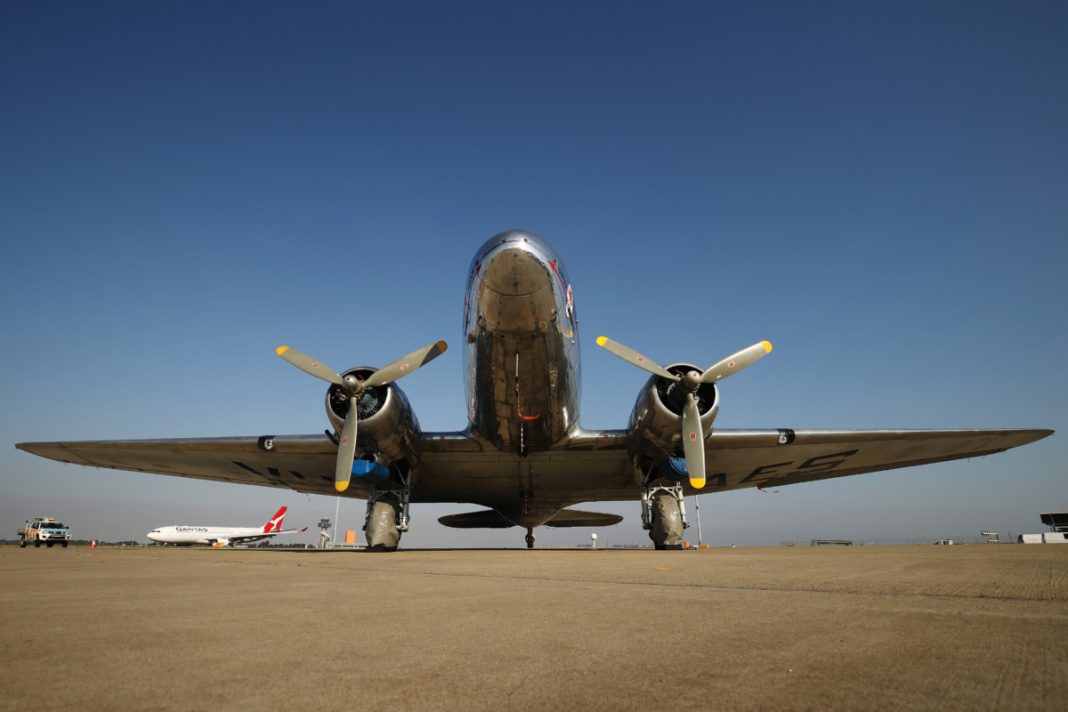The Douglas Commercial 3 (DC-3) was one of the most mass-produced, well-engineered aircraft in history. Built to last, to land anywhere and never to break, Douglas churned out more than 11,000 of the type before and during World War II. But how many of these 80-year-old aircraft are still flying today?

The 80-year old aircraft that will never die
For an aircraft that was built before the Second World War, you’d be forgiven for assuming most would have been retired by now. So, imagine our surprise when we heard one had suffered a runway excursion in Colombia today. Out of interest, we thought we’d take a look at how many DC-3 are still accounted for right now.
According to the aviation history book ‘Survivors’ by Roy Blewett (last updated in 2017), there are just under 200 DC-3s airworthy and generally active. While some belong to hobbyists or tour operators, more than 100 are thought to be hauling freight and passengers in remote locations.
The ruggedness and bulletproof reliability of the DC-3 has made it strangely relevant to today’s missions, despite its 80 years of age. It can land on grass and dirt runways with ease, and requires a surprisingly conservative runway length, making it popular in developing countries.

Some have even been converted to turboprops, using the Rolls-Royce Dart engine or the Pratt & Whitney PT6A powerplant. Others are kept flying through salvaged spare parts and new old stock. The over-engineered nature of the DC-3 means many of the spare parts manufactured for it in the ’30s were never used, so there’s a surprising stock still around.
As well as the circa 200 in flying condition, Blewett estimates a further 160 are stored and could potentially be made flyable again. 389 are on display (every good aviation museum has one), and 33 are being refurbished, either to fly or for static display.
Out of a total production run of 11,139 aircraft, that makes for around 8% of the fleet still in existence.
Stay informed: Sign up for our daily aviation news digest.
The most popular pre-war plane
In its heyday, the Douglas Commercial 3 (DC-3) was flown by a range of interesting airlines. Air France, Swissair, and Aer Lingus were some major European customers, but the real home of the DC-3 was in the United States.
The aircraft was operated by all manner of US airlines, some of whom are still with us today, others who succumbed to consolidation following deregulation of the industry. Notable operators included Delta Air Lines, Braniff Airways, Hawaiian Air Lines, Eastern Air Lines, Pan Am, and of course, United.

American Airlines was instrumental in the development of the DC-3, and along with TWA, Delta and United, it ordered an entire fleet of the type. The aircraft married reliability with comfort and performance, and quickly became the go-to model for long-distance flying.

It truly proved its worth during World War II, when it was the most widely used military transport, flying as the C-47 for the US Army Air Corps. It also found a place with the US Navy as the R4D, as well as the Marine Corps and Royal Air Force as the Dakota. So prevalent was the DC-3, President David Ike Eisenhower named it one of the four most important things that won the war.
Last year, to celebrate the 75th anniversary of D-Day, a mass take-off of 35 DC-3s was orchestrated from Duxford Aerodrome in the UK to Normandy. It was the largest assembly of the Douglas aircraft since WWII and something that must have been breathtaking to see.
Have you ever seen a DC-3 in action? Ever had the pleasure to fly in one? Let us know in the comments.
[ad_2]
Source link


